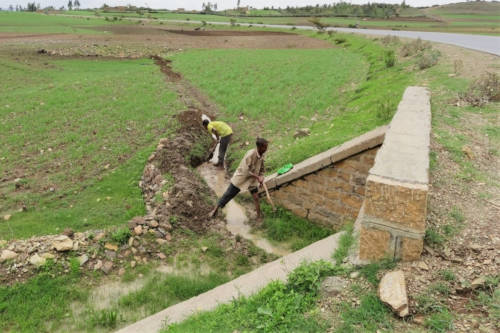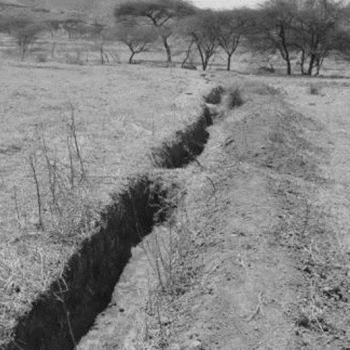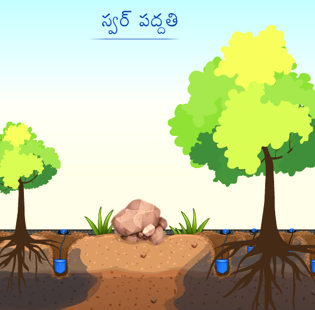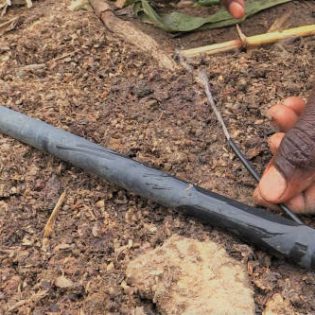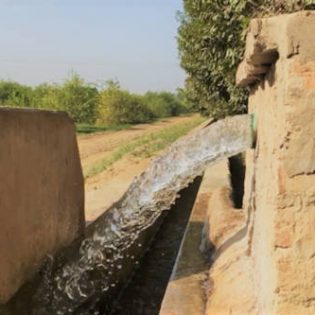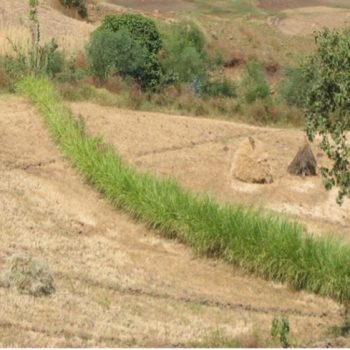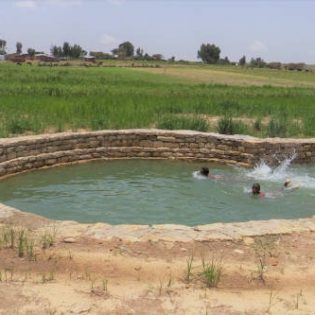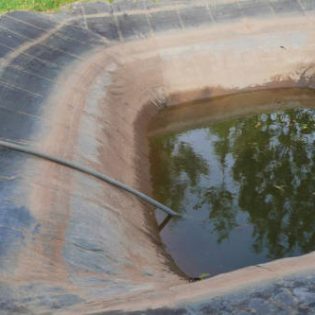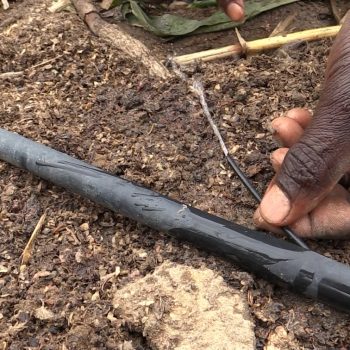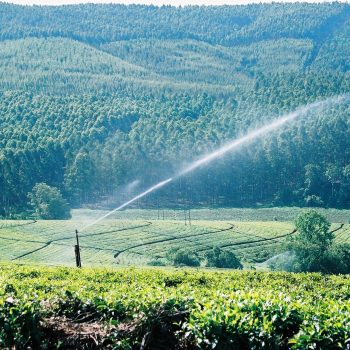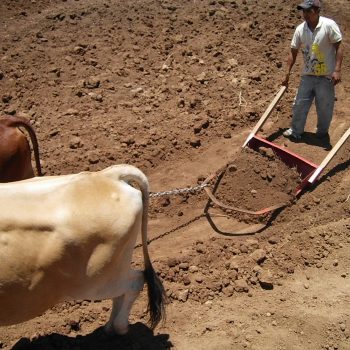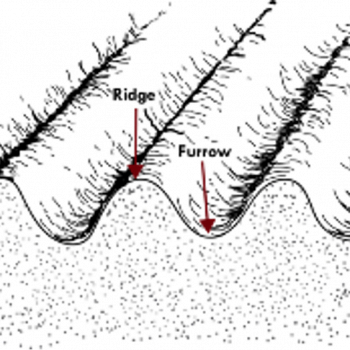Harvesting runoff from roads enables farmers to use water that previously would cause flood damage, by intercepting the water and guiding it through channels or culverts to recharge areas, surface storage structures or distributing it over the farmland. There is a wide variety of available techniques to harvest water from roads depending on the geography, climatic conditions, and local needs of each examined area. Some examples include earth dams, tanks, underground cisterns, subsurface dams, water ponds, runoff farming, etc. The tools and materials needed depend on the chosen technique. The most common requirements include sand, cement, stones, bricks, PVC pipes, water, lime, barbed wire, chicken mesh, transport, and labour.
In arid and semi-arid regions, where crop production is critically limited by soil moisture, the agricultural production can be significantly increased by the additional water supply from road runoff. This helps farmers to overcome rainfall variability and dry spells by increasing water availability for agriculture. Also, by harvesting water from roads and guiding it for productive uses, not only the road infrastructure is protected from water damage allowing the access of people to markets and services but also the landscape around the roads which in turn can be used for agricultural production. This intervention can be done at different levels community level, district level or national level.
Besides roads can be used to control water levels in adjacent low-lying fields, control erosion and influence micro-climate and reduce wind erosion.
| Additional sources | Web resources: www.roadsforwater.org |
Additional information
| Agriculture | Rainfed (Crop) |
|---|
